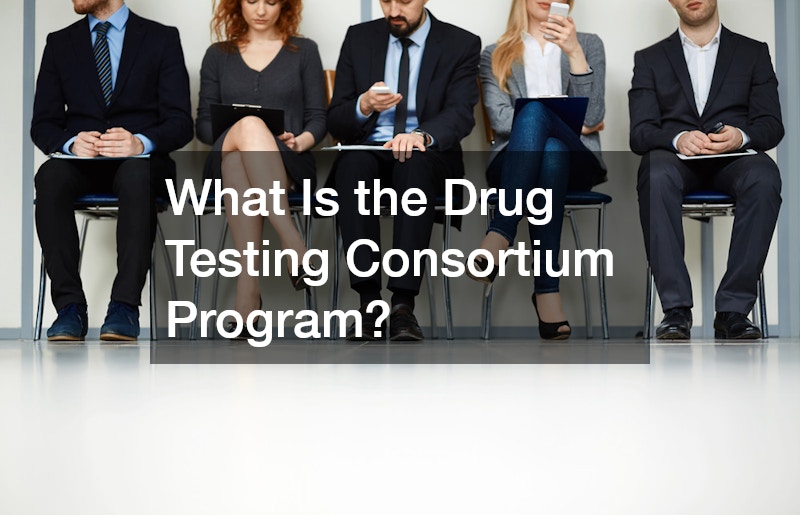
In industries where safety is paramount, such as transportation, ensuring that employees are free from the influence of drugs and alcohol is critical. One of the ways this is achieved is through the use of a drug testing consortium program, which helps employers maintain compliance with federal regulations while streamlining the testing process. But what exactly is a drug testing consortium program, and how does it benefit employers and employees alike? This article will delve into the details of what a drug testing consortium program is, how it works, and why it’s essential for businesses in safety-sensitive industries.
Understanding the Drug Testing Consortium Program
A drug testing consortium program is a collective of multiple companies, often within the same industry, that come together to manage and administer drug and alcohol testing for their employees. This program is particularly common in industries regulated by the Department of Transportation (DOT), such as trucking, aviation, and maritime, where strict drug and alcohol testing requirements are in place to ensure public safety.
The purpose of a drug testing consortium is to pool resources, simplify the administrative burden, and ensure that all member companies comply with federal testing regulations. By joining a consortium, smaller companies, in particular, can benefit from the efficiencies and cost savings that come with participating in a larger group program.
How Does a Drug Testing Consortium Program Work?
When a company joins a drug testing consortium program, it agrees to participate in the group’s random drug and alcohol testing pool. Here’s how the program typically operates:
-
Pooling Resources: Companies in the consortium share the costs and resources required to conduct drug and alcohol testing. This includes the administration of the testing program, the selection of employees for random testing, and the coordination with laboratories and medical review officers (MROs).
-
Random Testing: One of the key features of a drug testing consortium program is random drug and alcohol testing. Employees from all member companies are included in a single pool, and selections are made randomly at regular intervals. This process ensures that employees are not able to predict when they will be tested, which helps to deter substance abuse.
-
Compliance Management: The consortium program helps member companies stay compliant with federal regulations, such as those set forth by the DOT. The program administrators are responsible for maintaining accurate records, reporting results, and ensuring that testing protocols are followed correctly. This takes the administrative burden off individual companies, allowing them to focus on their core business activities.
If your business operates in a safety-sensitive industry or is subject to DOT regulations, joining a drug testing consortium program can be a smart move. It provides a cost-effective way to manage drug and alcohol testing, ensures compliance with federal regulations, and enhances overall workplace safety. By participating in a consortium, you can focus on running your business while knowing that your drug and alcohol testing program is in capable hands.
.




